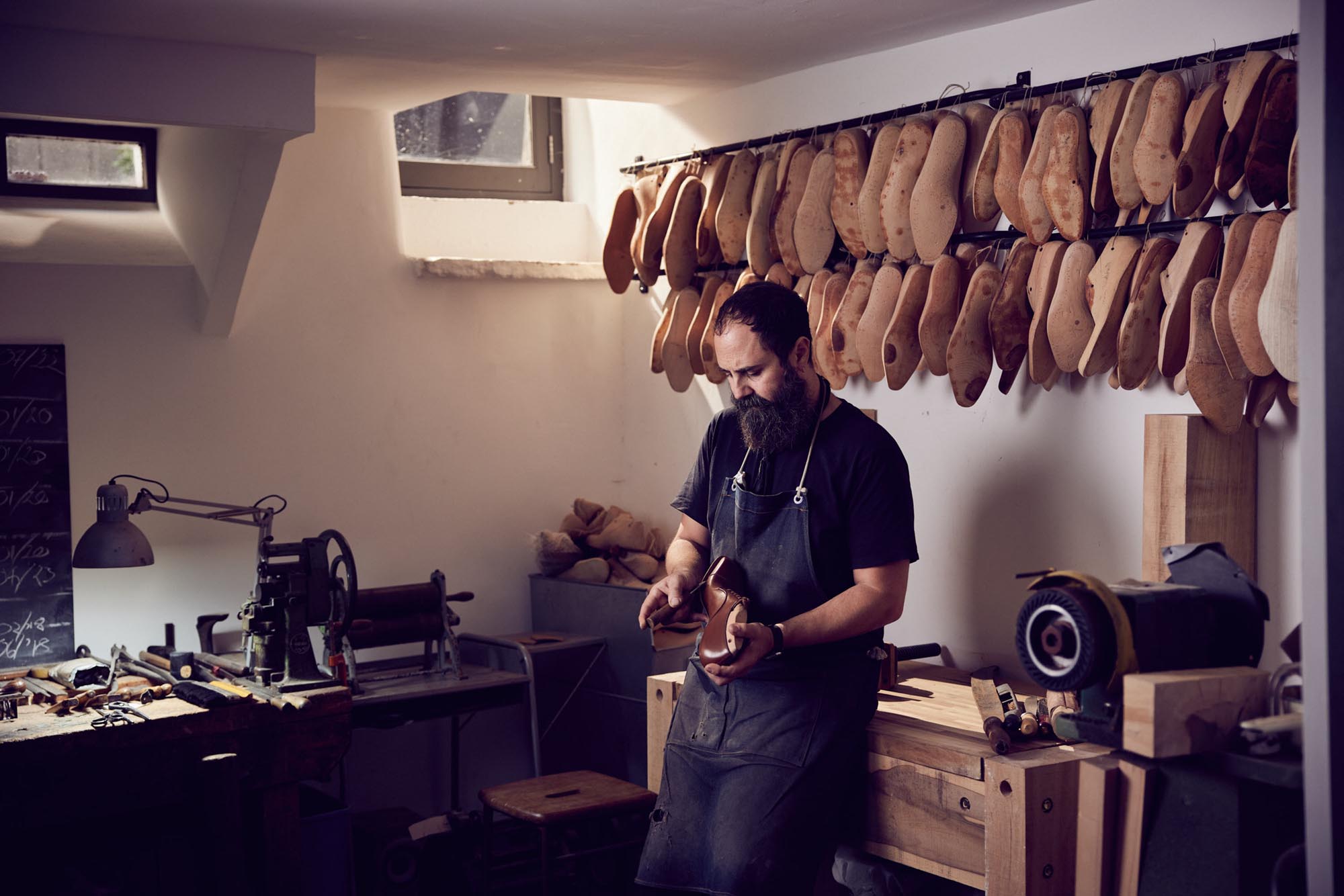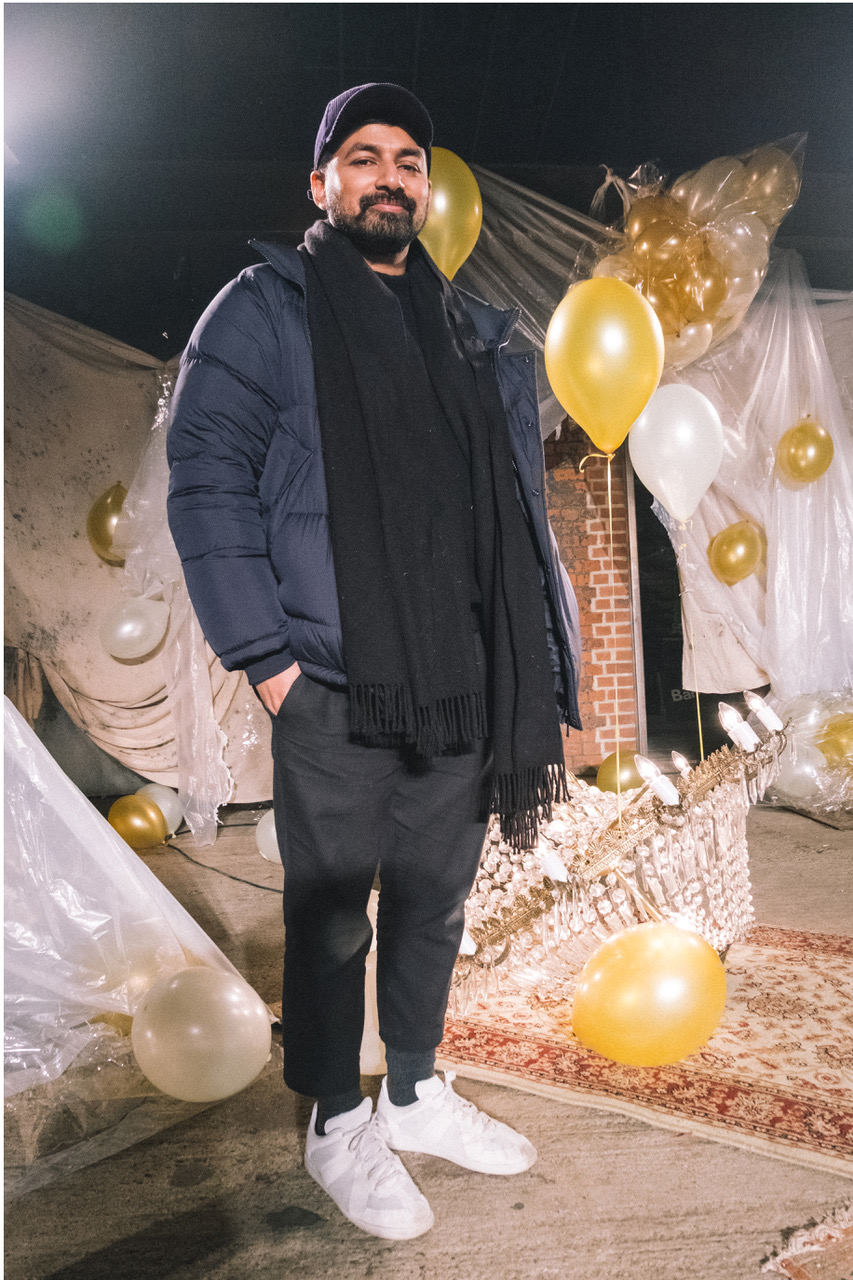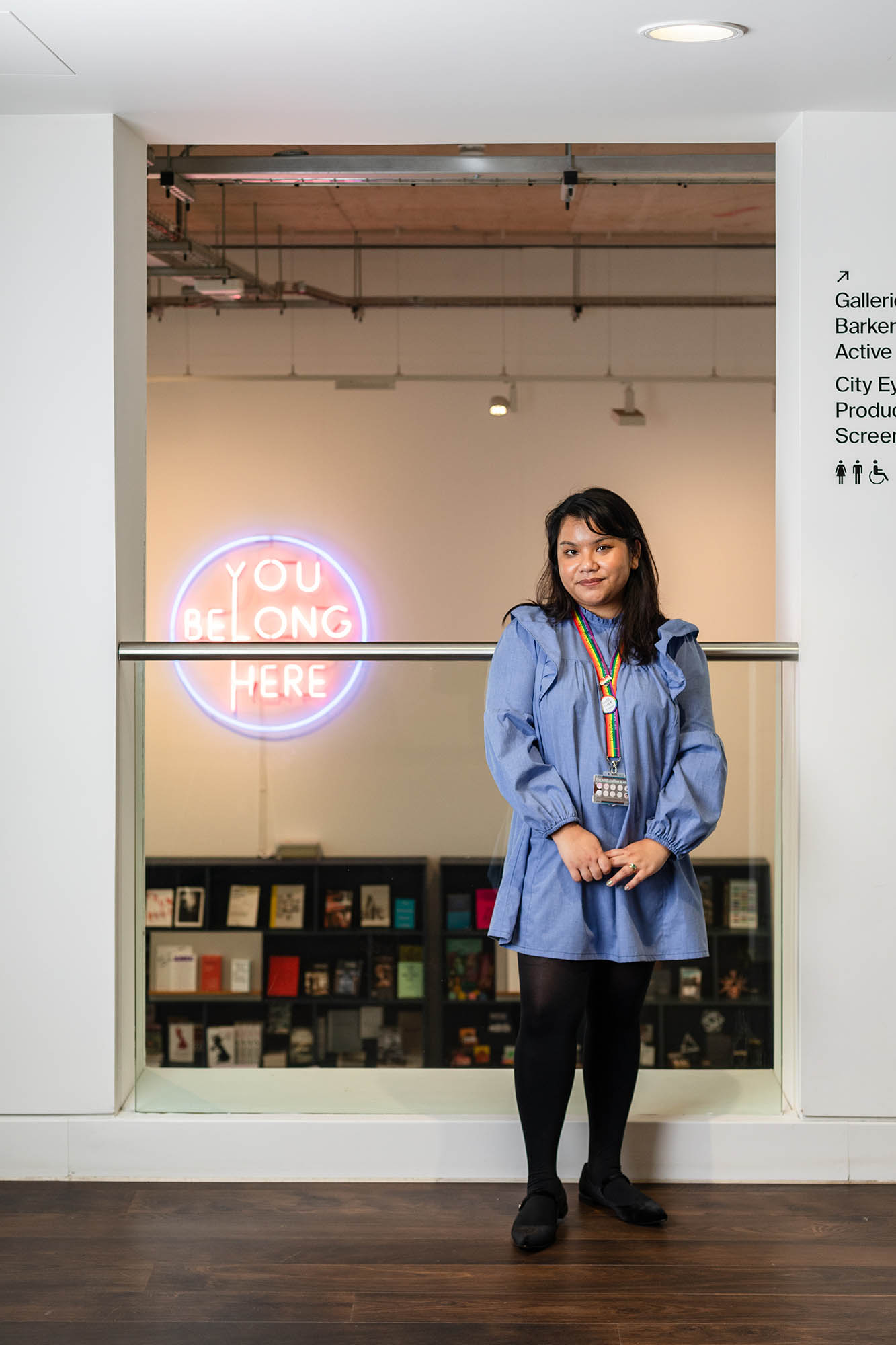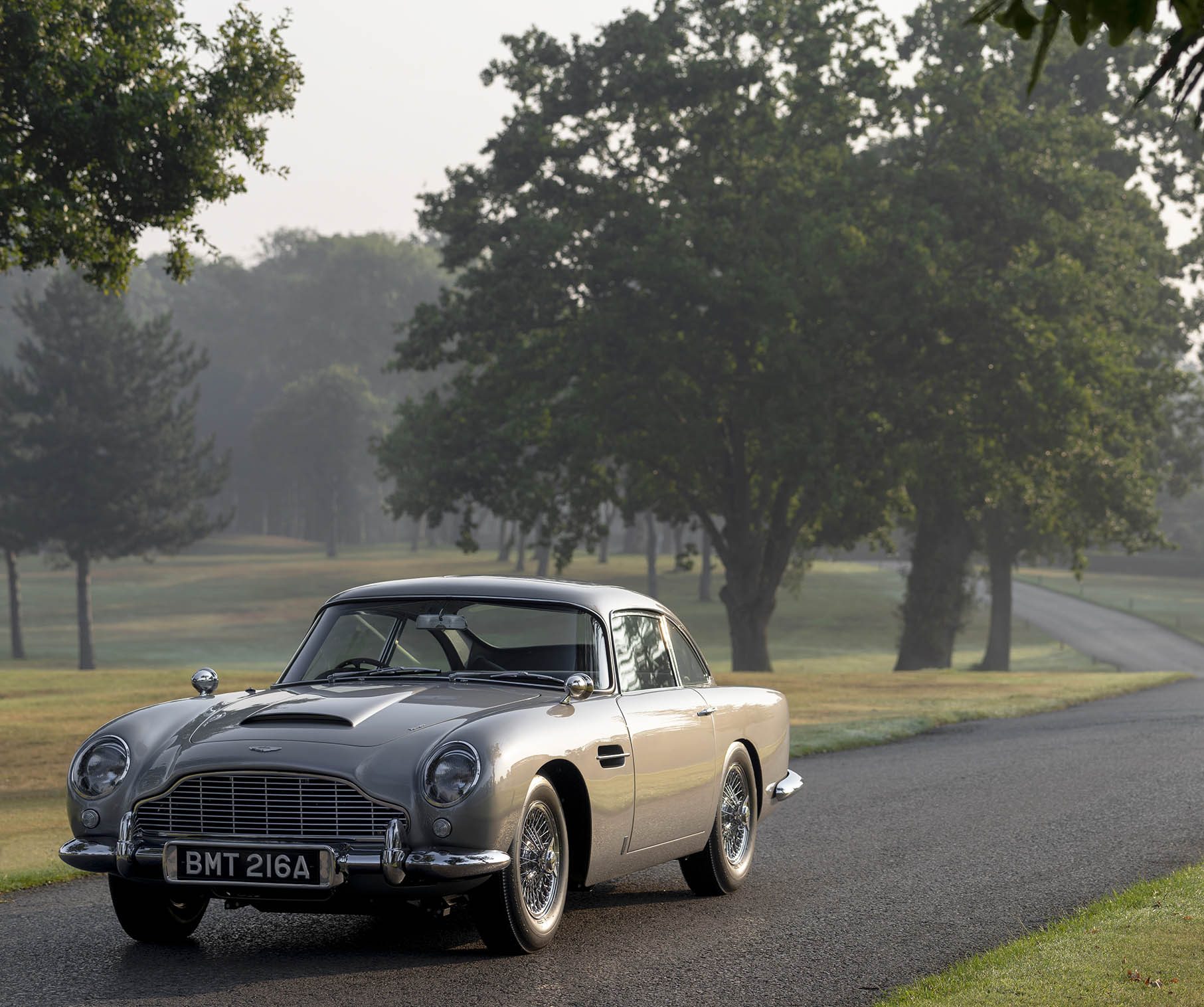
Words by Elisa Anniss
Photography © Alun Callender, Alim Latif / ROKER
Shoreditch and its East London environs were once the beating heart of the capital’s footwear industry. Indeed, until the early 1990s, shoe wholesalers, rather than chic restaurants, could be found lining Shoreditch High Street and Hackney Road. Even Shoe & Leather News, the now defunct industry bible, was once headquartered in Great Eastern Street not far from where The Hoxton Hotel now stands. Cordwainers technical college specialising in shoes, which moved to Mare Street in the 1940s became the cornerstone of the capital’s shoe business. Founded in Bethnal Green in 1887 as a joint project between the Leathersellers and Cordwainers, the college switched to offering degrees in 2000 when it became part of London College of Fashion, University of The Arts London (UAL). Recently, LCF moved even further east into brand new premises in Stratford’s Queen Elizabeth Olympic Park replete with state-of-the-art shoemaking facilities.
Back in Shoreditch, which broadly teeters on the borders of Tower Hamlets and Hackney, embers from the area’s shoemaking legacy remain. There is Freed of London, which has been making ballet shoes at its factory in Well Street, Hackney since 1971, while Alim Latif of ROKER and Sebastian Tarek, relatively new by comparison to this world-renowned dance shoe specialist, boast influential artisan shoe businesses and guiding hands when it comes to nurturing and mentoring the next generation.
Latif and Tarek are united by their deep love of the craft, but different in every other way. Australia-born Sebastian Tarek’s aesthetic aligns more closely with West End bespoke shoemaking traditions such as James Taylor, with whom the latter earned his spurs, while ROKER has become the go-to place for non-binary catwalk collaborations—Charles Jeffrey Loverboy, Edward Crutchley and Harris Reed included.
“It feels exciting to be here in East London, but also sad that it’s not what it used to be,” says Latif who has occupied a shoe atelier accessed via a side street off Hackney Road since 2017. “The landlord works in film and is a maker so understands and appreciates a craft business such as mine.” Latif uses all manner of leathers including calf hair, patent and aniline leathers. He is lucky to be able to source some of it locally at GH Leathers located nearby on Cambridge Heath Road and further afield at Northamptonshire-based Pinchmill Leathers. However, most of the leather he buys comes from Italy. Machinery includes a back part moulder and industrial sewing machines salvaged from shoe factories that have ceased production or sourced through word-of-mouth, while staff are a mix of outworkers and freelancers and sometimes MA fashion students from Central Saint Martins or the Cordwainers Footwear BA. “It is really rewarding and exciting guiding the students on the design of their footwear and then supporting them in realising their designs,” he continues. “We work very closely with them when making the footwear, guiding them every step of the way. Exciting because they are the next generation of designers who are about to embark on their fashion careers.”

Unlike many of the students he mentors, his background is in science. Latif studied virology at Imperial College and learnt on the job, taking weekend and evening courses at London College of Fashion and going on to work with shoemakers Tim and Fiona Slack, which gave him a good grounding in footwear manufacturing and design. “Being a scientist, I understand being experimental in product development, but I also have so much to thank Tim and Fiona for,” he says. “They have a wealth of knowledge and every time I have a query or challenge, I can be sure they will still guide me in the right direction.”
ROKER is known for its clean aesthetic, vertiginous chunky platforms, ankle boots and heeled monk shoes often with bright calf hair or colourful mock python print uppers. Although the collection is genderfluid, it also specialises in producing heels for men. The ready-to-wear collection retails from £400 to £650, while bespoke products including costume commissions starts from £1,000. Latif recently created boots for the Amy Winehouse biopic Back To Black, for singer Sam Smith’s 2023 tour and regularly works with the celebrity stylist Harry Lambert. “I get the commissions through word of mouth, a brief comes in and then it’s up to me how I fulfil it,” he says.
Working in tandem with ready-to-wear designers, such as Ashish, the most recent designer he lent shoes to for a catwalk show, has helped build ROKER’s profile. “Though,” he adds, when it comes to runway shows, “I am never given enough time because people often don’t understand the complexities surrounding the making of footwear.”
From 2019 to 2023 ROKER received BFC New Gen funding. Indeed, a pair of the brand’s buckled white platform boots is included in Rebel: 30 Years Of London Fashion, the temporary exhibition at The Design Museum in London that ran until February 2024. These signature square toe boots also feature in a video that Latif commissioned an artist to make entitled ‘The Art and Craft of Pole’ set in an East London pole dancing club, unveiled during the February 2024 edition of London Fashion Week. ROKER’s latest video highlights representation and diversity. Entitled 0.02% its looks at Amy and Monty, amputees modelling with prosthetic legs. “I think the conversation about disability in modelling/fashion needs to be stronger and I wanted to support this,” says Latif.

Tarek, another self-confessed ‘East End shoemaker’ is located little more than a mile away. In July, he moved into the basement of a four-storey atelier at 2 Pecks Yard, off Hanbury Street, right in the heart of Spitalfields. He shares the space with Taillour, a contemporary bespoke tailoring business, meeting its founders, Lee Rekert and Fred Nieddu, at Sunbury Studios in E2 where they all occupied workshop spaces. Tarek’s East End credentials are as much to do with fashion as they are with location. They include three seasons of Fashion East sponsorship from 2009 to 2011 with its MAN initiative and a bespoke collection for Hostem, a ground-breaking boutique that helped to bring Redchurch Street and contemporary British style and craft to world attention.
The shoemaker keeps the craft of shoemaking alive through his role as an educator. From 2009 to 2016 he was part of the footwear teaching team on the footwear MA at the Royal College of Art. Since 2021 has been involved with shoemaking at Capel Manor College in Enfield teaching on the year-long Access to Higher Education Diploma. “Recently, we successfully upgraded the qualification so that it is protected in the annual funding allocation that so many technical courses fall foul of,” he explains. “Now, it is the only UK foundation level course with a formal qualification eligible for state funding such as the Advanced Learner Loan for those over 19.”
When we meet one rainy summer lunch time, I find Tarek surveying the virgin walls of his new space. Should he paint them, he asks rhetorically. I look around. There’s a cabinet housing samples that hint at his aesthetic and include past creations with linen laces or shoes sporting buckles with an aged patina. But before I have time to reply, he says that he’s enlisted a photographer friend to cast gels over recessed downlights to help him figure out a suitable colour.
It’s an unusual move for a man who mostly works alone. Indeed, he is proud of the fact that he doesn’t post his creations to outworkers to complete different processes. He says that aside for Dominic Casey, a world class bespoke shoemaker he considers to be a friend and mentor, he is probably the only bespoke shoemaker in London that works this way. “It is one of the most distinct aspects about my business,” he explains. “Maybe it is a bit nerdy, but I think it makes my work more personal. It’s a big part of how I have chosen to work: to not merely be a cog in the machine of making a pair shoes, but to have my hands across all parts of the process.”
Tarek moved to London in 1997 armed with connections. His father was the fashion editor of Australian Playboy, while his British-born mother was once a fashion assistant on Queen, the forerunner of Harper’s & Queen. Shoes always appealed to him more than clothes. He cites the film Hans Christian Anderson where Andersen, played by Danny Kaye, is portrayed as a small-town cobbler with a childlike heart and a vivid imagination as something that chimed with him at an early age. His aim was to study at Cordwainers to be a shoe designer. Though it was never to be. Instead, he learnt on the job securing a two-week placement with the shoe designer du jour Georgina Goodman. Here, he met bespoke shoemaker Casey who persuaded Tarek to go down the bespoke footwear route. He then apprenticed and worked for West End shoemaker James Taylor from 2004 to 2008.

“It’s a big part of how I have chosen to work: to not merely be a cog in the machine of making a pair shoes, but to have my hands across all parts of the process.”
“During this time I had an excellent foundation in the making of orthopaedic footwear,” he says, adding that he still undertakes outwork for members of the West End Master Bootmakers Association. That said, his namesake shoes eschew traditional box calf leather. “West End bespoke shoemakers do this very well, so on this, I don’t want to compete,” he says. Instead, it is sleek lasts, smooth architectural shapes, and vegetable tanned leathers to which he often hand applies his own special finish. This helps to sets him apart and appeals to his clientele of chefs, architects and photographers who pay upwards of £3,000 for a bespoke pair of shoes and £3,500 for boots including lasts and shoe trees. Exotic materials or orthopaedic accommodations are extra, with the process taking six months from first meeting to completion. Though like everything bespoke it all starts with conversations with the client to find out what they like and what will fit with their existing wardrobe.
Leathers used are all sourced in the UK and durable oak bark leather from J & FJ Baker in Devon used for the bottom of shoes, for insoles, welts and heels. Though he cautions that a lot of the tanneries he used in the past no longer exist. “Claytons in Chesterfield became Spire,” he says, adding that he still has some of its leather. “I also plan to buy some of the remaining stock which has ended up at various UK sellers.”
His tentacles also extend to Tokyo where he is in the throes of collaborating with the Aoyama, Tokyo-based Ansnam boutique in the creation of a small, accessibly priced ready-to-wear collection that arose out of his trunk show at the store in September. Made in Japan, it is intended to bridge the gap between Bespoke and Made to Order. “The atelier in Tokyo will be working from my silhouette and patterns, using UK materials, such as leather that is available in Japan. The Japanese love UK leather. More so than here, perhaps. The collection will start off being available just in Japan. But who knows, one day we may look at importing it to the UK.”
Read Next

Breaking Through the Class Ceiling
What can a photographic exhibition at Southampton University teach us about social mobility? Students, staff and alumni share their experiences and contribute to a complex, intersectional picture of challenges.

Behind the Wheel
Cars and leather have gone together since the birth of the automobile and, though the industry is pivoting towards electric vehicles, it remains convinced of the sustainability, luxury, and durability of genuine hide interiors.